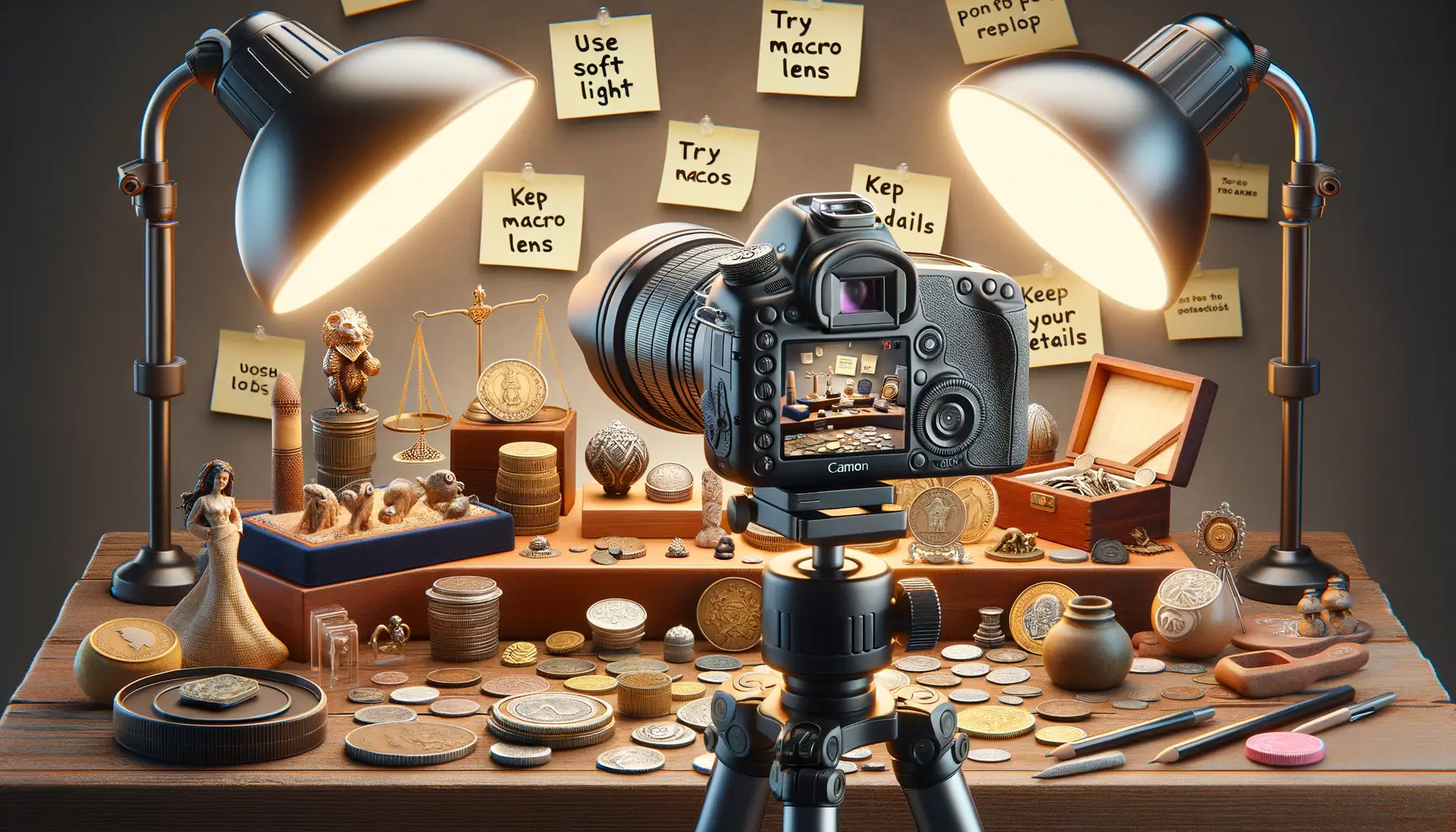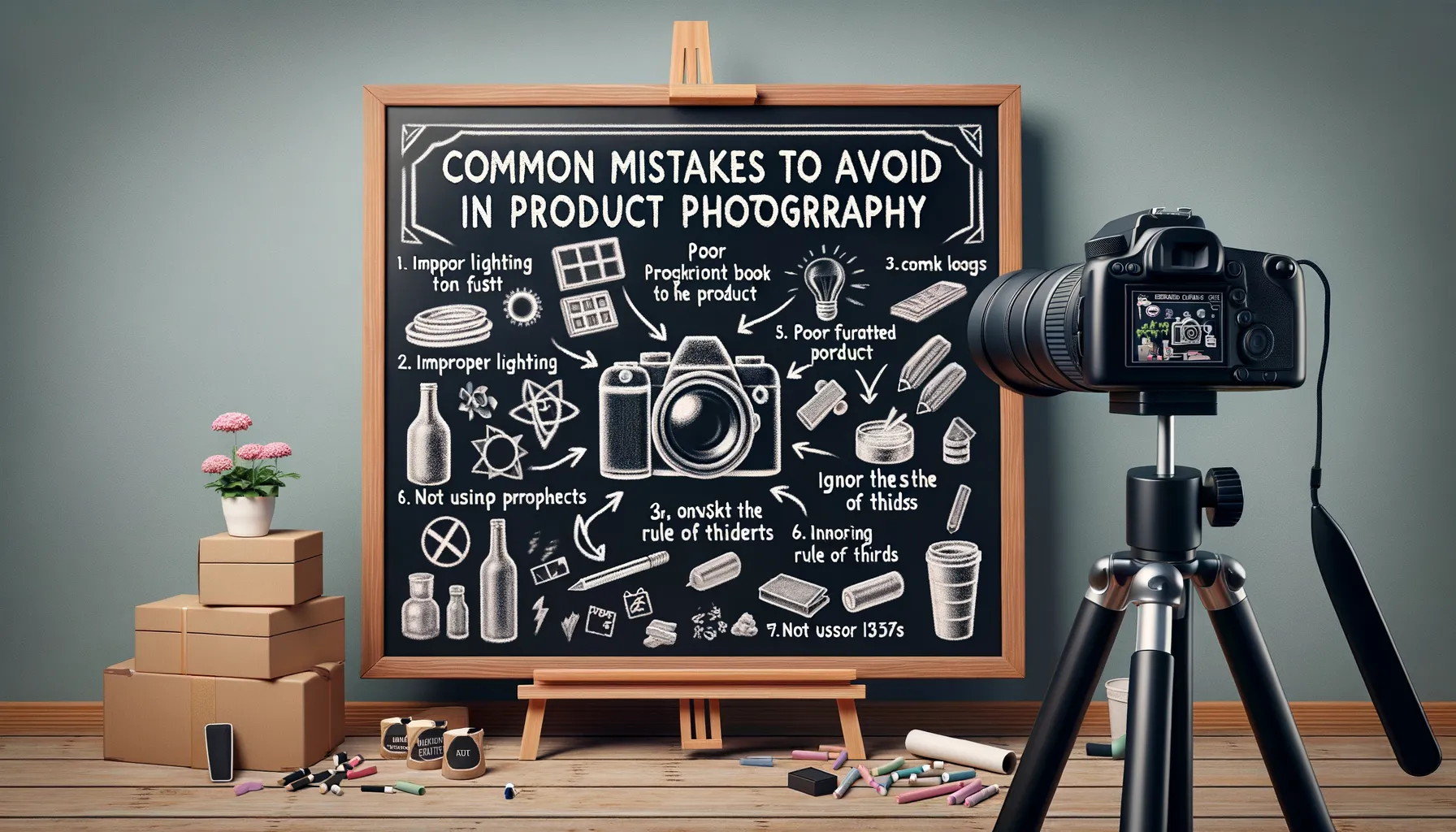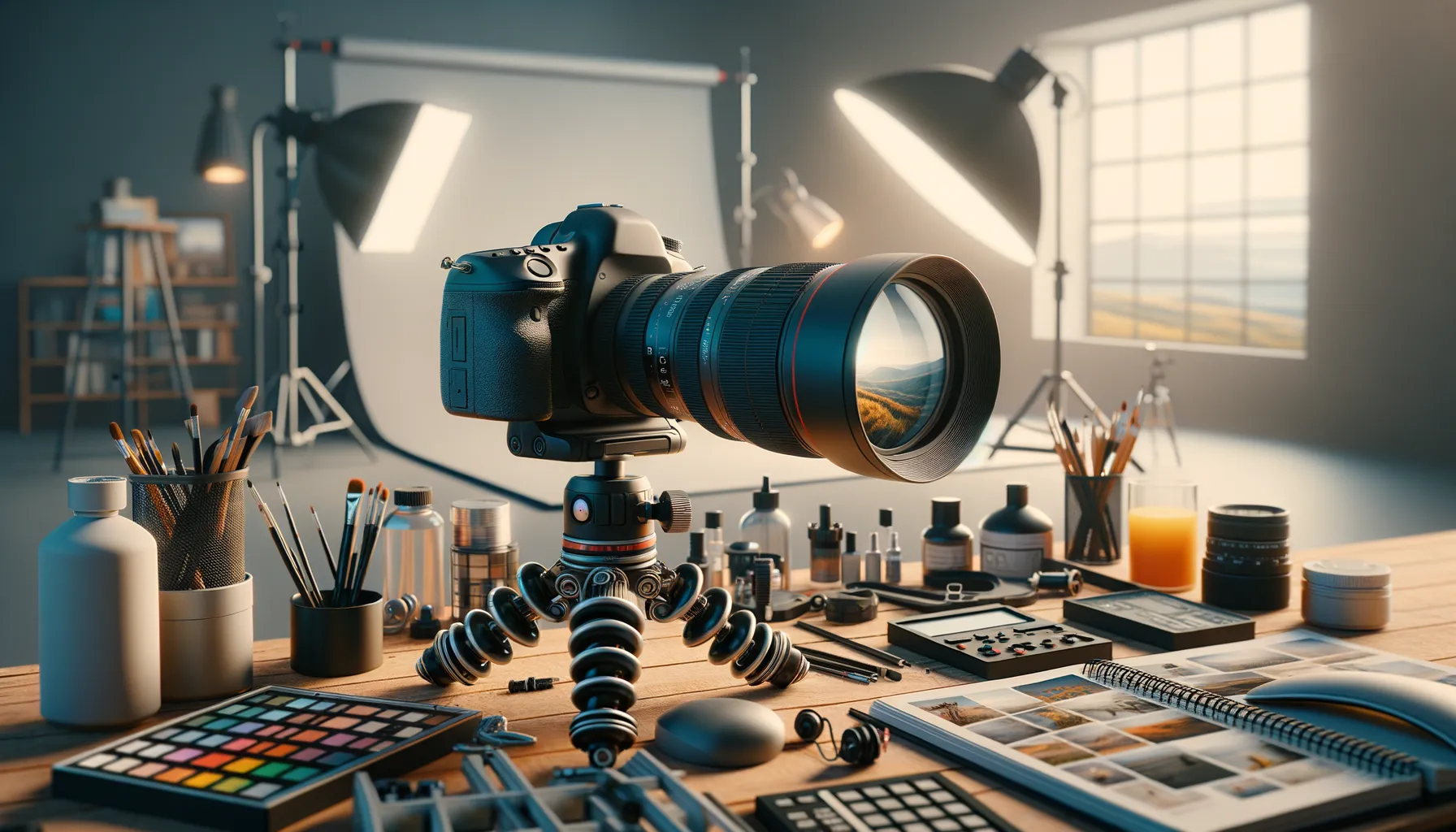The Impact of High-Quality Photography on Sales
Why Exceptional Photography Transforms Browsing into Buying
Imagine this: a collector casually scrolling online for coins. Their eyes land on two listings. One features a dull, poorly lit image with questionable focus. The other? A brilliant, crisp photo that captures every gleaming detail of the coin’s intricate design. Which is grabbing their attention—and more importantly, their wallet? Exactly.
When selling collectibles, your photographs are your storefront, your handshake, your first impression. High-quality images do more than just “show” the product; they *tell a story*. They whisper to buyers, “Hey, this piece has value. It’s worth your time—and your money.”
Here’s why top-tier photography matters for sales:
- It creates desire: Well-lit images make colors pop, textures shine, and imperfections disappear.
- Drives confidence: Buyers feel secure when they can inspect every detail of what they’re purchasing.
- Stops the scroll: Let’s face it—eye-catching photos get clicks. Period.
Never underestimate the power of a polished visual. After all, when the competition is fierce, the best photo wins the sale. And isn’t that the goal?
Essential Tips for Photographing Coins and Collectibles

Creating the Perfect Lighting Setup
Let’s get real: lighting can make or break your coin and collectible photos. Ever noticed how a coin you love in person looks bland on screen? That’s poor lighting taking away its magic. To capture the shimmer of a gold coin or the intricate details of a vintage trading card, you need soft, even illumination. Avoid harsh overhead lights—they create distracting shadows and glare. A diffused light source, like a lightbox or even a frosted shower curtain over a lamp, works wonders.
If you’re just starting out, try shooting near a window during midday. Natural light is free and forgiving! For metallic coins, tilt them slightly to catch a gentle reflection—this reveals textures without washing out the design.
Pay Attention to Angles and Backgrounds
Your background is the stage, so keep it clean and subtle. A soft gray or matte black backdrop often highlights collectibles beautifully. Avoid clutter—no one needs to see yesterday’s coffee mug in the corner of your photo.
Angles matter too! Straight-on shots are great for showing true detail, but don’t forget to mix it up. Try these tricks:
- For coins, shoot at a slight tilt to emphasize relief details.
- With collectibles, slightly overhead angles often feel inviting and professional.
- Close-ups can bring out those tiny elements buyers love.
Treat your camera like it’s your buyer’s eyes—show them everything they’d want to see, effortlessly!
Common Mistakes to Avoid in Product Photography

Lighting Struggles: The Silent Deal Breaker
Ever taken what you thought was the perfect shot, only to have it look dull or shadowy when uploaded? Lighting can be your best friend—or your worst enemy. One of the biggest mistakes is relying too much on overhead light or uneven natural lighting. Think about it: your coin’s glossy detail or that collectible’s fine edge goes unnoticed if there are harsh shadows or overexposed glares stealing the spotlight.
Pro tip? Use soft, diffused lighting. A simple trick is to position a light source at an angle and bounce it off a white surface. Trust me, it works like magic and prevents those frustrating reflections.
The Perils of Background Chaos
Nothing kills a buyer’s interest faster than a cluttered or distracting background. Remember, your product should take center stage—not your coffee mug sitting in the corner or a busy-colored tablecloth.
Here’s why a plain, neutral background saves the day:
- It magnifies the item’s details (think luster or patina).
- Makes your product pop without distractions.
- Communicates professionalism at first glance.
Keep it clean, keep it simple. Your buyers’ eyes should land exactly where you want them to—on that stunning piece for sale.
How Visual Presentation Builds Buyer Trust

The Psychology of First Impressions
When a buyer scrolls through an online marketplace, your photos are like a handshake that introduces your product. What you present visually communicates volumes before a single word is read. A blurry image or poor lighting can whisper, “I’m not worth your trust.” On the flip side, sharp, pristine visuals with thoughtful composition scream, “This seller cares about quality.”
Think about it—would you buy a rare coin from someone whose photo looks like it was taken during a power outage? Probably not. High-quality visual presentation builds trust by answering unspoken questions: Is this seller professional? Do they respect their product and their customer? The right presentation says “yes” every time.
What Buyers Look for in Your Photos
The key to trust lies in the details. Shoppers want to see every imperfection, because showcasing authenticity shows confidence. To win them over, consider these must-haves in your photos:
- Crisp Clarity: Blurred edges make buyers hesitate.
- True Colors: Misleading hues can lead to disappointment—and returns.
- Angles: Multiple views let your buyer feel like they’re holding the item themselves.
When you perfect these elements, your photos build a bridge of trust, one pixel at a time.
Practical Tools and Resources for Effective Photography

Bring Your Products to Life with the Right Gear
The magic of photography doesn’t just happen—behind every crisp, jaw-dropping image is a set of tools doing the heavy lifting. If you’re capturing coins and collectibles, investing in the right gear is like equipping yourself with the ultimate treasure map. At the top of the list? A quality camera. While many modern smartphones have excellent capabilities, a dedicated DSLR or mirrorless camera gives you control over every tiny detail, from focus to lighting.
And let’s talk about lighting—it’s your secret weapon. Soft, diffused light works wonders on reflective surfaces like coins. A lightbox is an affordable game-changer here, ensuring even lighting and eliminating harsh shadows. If you’re working with quirky angles or intricate details, a tripod is essential. Shaky hands can turn beauty into blur, and no collector wants to squint at an out-of-focus relic.
- Microfiber cloths: For keeping items fingerprint-free before shooting.
- Macro lenses: Unlock those microscopic details that make collectibles shine.
Using the right tools isn’t just about looking professional—it’s about telling your item’s story. Let’s face it: every coin and collectible deserves its moment in the spotlight.
